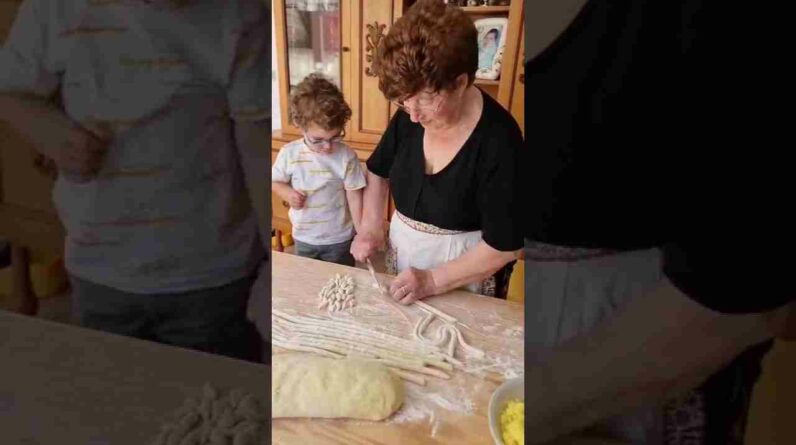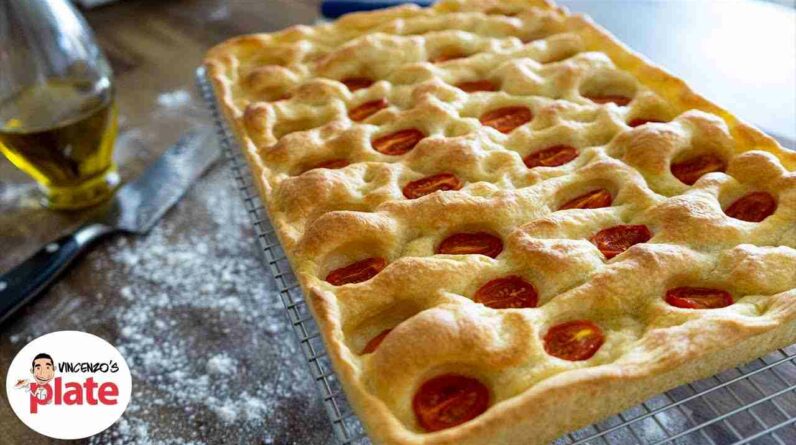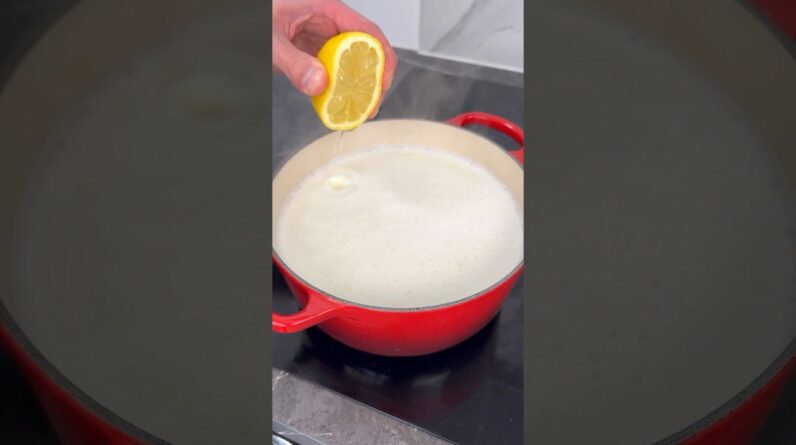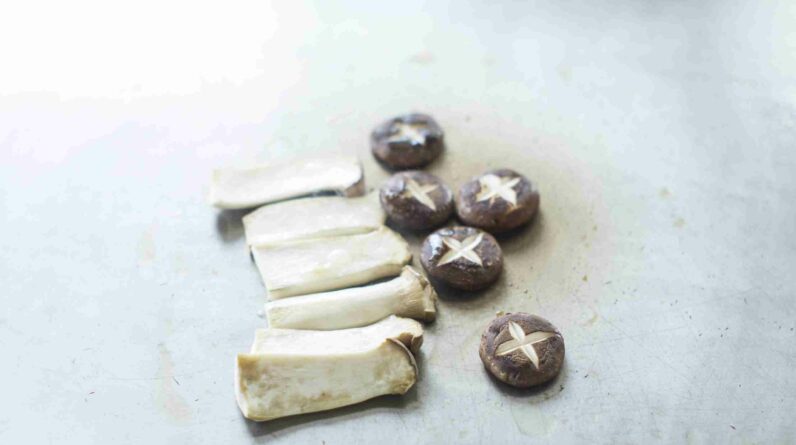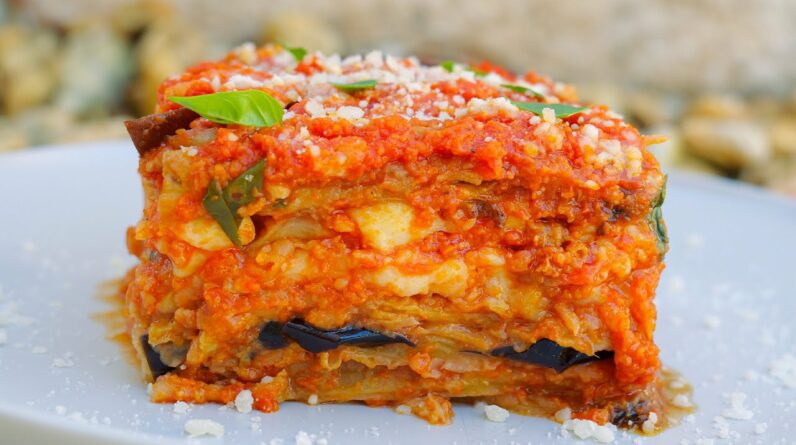Ultimate Homemade Pizza Dough Recipe: Perfect Crust Every Time
Are you tired of ordering pizza from your local pizzeria and not getting the taste you crave? Look no further than our ultimate homemade pizza dough recipe! With just a few essential ingredients and some equipment you likely already have in your kitchen, you can create a delicious and customizable pizza that will rival any restaurant.

Before we dive into the dough preparation, let’s go over the essential ingredients and equipment needed. The key to a perfect pizza dough is using high-quality flour, yeast, water, and salt. We recommend bread flour for its high protein content, which gives the dough its structure and chewiness. As for equipment, you’ll need a mixing bowl, measuring cups and spoons, a rolling pin, and a baking sheet or pizza stone. With these items on hand, you’re ready to start making your own pizza dough.
Key Takeaways
- Essential ingredients for homemade pizza dough include high-quality flour, yeast, water, and salt.
- Equipment needed includes a mixing bowl, measuring cups and spoons, a rolling pin, and a baking sheet or pizza stone.
- With just a few key ingredients and equipment, you can create a delicious and customizable pizza at home.
Essential Ingredients

When it comes to making the perfect homemade pizza dough, the ingredients you use are essential. Here are the key ingredients that we recommend for the ultimate pizza dough recipe:
Flour Types
The type of flour you use is crucial to the texture and flavor of your pizza dough. We recommend using high-protein flour, such as bread flour or all-purpose flour, for a chewy and crispy crust. You can also experiment with different types of flour, such as whole wheat flour or spelt flour, for a unique flavor and texture.
Yeast Selection
The yeast you use will affect the rise and flavor of your pizza dough. We recommend using active dry yeast or instant yeast for the best results. Make sure to check the expiration date and follow the instructions carefully to ensure proper activation.
Water Quality
Water is a crucial ingredient in pizza dough, and the quality of the water can affect the texture and flavor of your crust. We recommend using filtered or bottled water for the best results.
Salt and Sugar
Salt and sugar are important for flavor and texture in your pizza dough. We recommend using kosher salt for a clean and balanced flavor, and a small amount of sugar to help activate the yeast and promote browning.
Oils and Fats
Oils and fats can add flavor and richness to your pizza dough. We recommend using olive oil or vegetable oil for a light and flavorful crust. You can also experiment with different types of fats, such as butter or lard, for a unique flavor and texture.
Equipment Needed
When it comes to making the ultimate homemade pizza dough, having the right equipment is essential. Here are the key pieces of equipment you’ll need to make the perfect pizza dough:
Mixing Tools
To mix your pizza dough, you’ll need a stand mixer or a large mixing bowl and a wooden spoon. A stand mixer will make the process quicker and easier, but a wooden spoon will work just as well. If you’re using a stand mixer, make sure you have the dough hook attachment.
Measuring Utensils
Accurate measurements are crucial when making pizza dough, so you’ll need a set of measuring cups and spoons. You’ll also need a kitchen scale to weigh your ingredients, as this is the most accurate way to measure flour.
Dough Preparation Surface
You’ll need a clean, flat surface to knead your pizza dough. A large wooden cutting board or a marble countertop are both good options. Make sure the surface is well-floured to prevent the dough from sticking.
Oven Requirements
To bake your homemade pizza, you’ll need an oven that can reach high temperatures. A pizza stone or baking steel is also recommended, as it will help to create a crispy crust. If you don’t have a pizza stone or baking steel, you can use a baking sheet instead. Make sure to preheat your oven for at least 30 minutes before baking your pizza.
By having these key pieces of equipment, you’ll be well on your way to making the ultimate homemade pizza dough.
Dough Preparation
Mixing the Ingredients
To make the perfect homemade pizza dough, we need to start with the right mix of ingredients. In a large mixing bowl, we combine flour, yeast, salt, and sugar. We mix these dry ingredients together thoroughly before adding the wet ingredients: water and olive oil.
It’s important to use lukewarm water, around 110°F, to activate the yeast. We add the water gradually, mixing with a wooden spoon until the dough comes together. Once the dough is formed, we add the olive oil and continue to mix until the dough is smooth and elastic.
Kneading Techniques
Kneading the dough is an essential step in the pizza-making process. We turn the dough out onto a lightly floured surface and knead it for 10-15 minutes. Kneading helps to develop the gluten in the dough, which gives it its elasticity and chewiness.
We use the heel of our hand to push the dough away from us and then fold it back over itself. We repeat this process, turning the dough a quarter turn each time, until the dough is smooth and no longer sticky.
Proofing the Dough
Proofing the dough is the final step before shaping and baking the pizza. We place the dough in a lightly oiled bowl, cover it with a damp cloth, and let it rise in a warm, draft-free place for at least an hour.
During this time, the yeast ferments the sugars in the dough, causing it to rise and become light and airy. The longer we let the dough proof, the more flavorful and tender the crust will be.
By following these simple steps for dough preparation, we can create the perfect homemade pizza dough every time.
Shaping and Seasoning
Forming the Base
Now that we have our pizza dough ready, it’s time to shape it into a base. We start by dusting our work surface with flour to prevent the dough from sticking. We then place the dough on the floured surface and press it down with our fingers to form a circle. We continue to stretch the dough gently with our hands until it reaches the desired size.
Creating the Crust
To create a crust, we fold the edges of the dough inward, creating a lip around the edge. We then use our fingers to press down on the lip, creating a thicker crust. Alternatively, we can use a rolling pin to create a thin, even crust.
Applying Sauce and Toppings
Once the pizza dough is shaped and the crust is formed, we can add our sauce and toppings. We start by spreading a thin layer of tomato sauce or pesto on the base, leaving a small border around the edge for the crust. We then add our desired toppings, such as cheese, vegetables, meats, and herbs.
To prevent the pizza from becoming soggy, it’s important not to overload it with toppings. We also recommend using a combination of fresh and dry toppings to balance the moisture content.
In conclusion, shaping and seasoning our homemade pizza dough is an essential step in creating a delicious pizza. By following these simple steps, we can create a perfectly shaped base with a delicious crust and flavorful toppings.
Baking the Pizza
Once you have assembled your pizza with your desired toppings, it’s time to bake it to perfection. Here are the key factors to consider when baking your homemade pizza:
Oven Temperature
Preheat your oven to 450°F (230°C) for a crispy crust. If you prefer a softer crust, lower the temperature to 425°F (218°C). Make sure to preheat your oven for at least 30 minutes to ensure that it’s properly heated.
Baking Time
The baking time for your pizza will depend on the thickness of your crust and the toppings you’ve chosen. As a general rule, a thin crust pizza will take between 10-12 minutes to bake, while a thicker crust pizza may take up to 20 minutes. Keep an eye on your pizza towards the end of the baking time to make sure it doesn’t burn.
Checking for Doneness
To check if your pizza is done, lift up the edge of the crust with a spatula. The crust should be golden brown and crispy, and the cheese should be melted and bubbly. If the crust is still pale or the cheese hasn’t melted, bake for an additional 1-2 minutes.
With these tips, you can confidently bake your homemade pizza to perfection. Enjoy!
Serving and Storage
Cutting Techniques
When it comes to cutting your homemade pizza, there are a few different techniques that you can use. The most common is to use a pizza cutter or a sharp knife to cut the pizza into slices. If you want to achieve a more rustic look, you can also tear the pizza into pieces with your hands. This is a great option if you are serving the pizza as an appetizer or if you want a more casual dining experience.
Serving Suggestions
The best way to serve your homemade pizza is hot and fresh out of the oven. You can serve it on a large platter or on individual plates. If you want to add a little extra flavor, you can drizzle some olive oil or balsamic vinegar on top of the pizza. You can also sprinkle some fresh herbs, such as basil or oregano, on top of the pizza for added flavor.
Storing Leftovers
If you have leftovers, you can store them in the refrigerator for up to three days. To reheat the pizza, you can either use a microwave or an oven. If you are using a microwave, place the pizza on a microwave-safe plate and heat it for 30 seconds to a minute. If you are using an oven, preheat the oven to 350 degrees Fahrenheit and place the pizza on a baking sheet. Heat the pizza for 10 to 15 minutes, or until it is heated through.
When storing your leftover pizza, it is important to wrap it tightly in plastic wrap or aluminum foil to prevent it from drying out. You can also store it in an airtight container to keep it fresh for longer. Just remember that reheated pizza will never be as good as fresh pizza, so try to enjoy it while it’s still hot and fresh.
Troubleshooting Common Issues
Even with the best recipe, things can go wrong when making pizza dough. Here are some common issues and how to troubleshoot them:
Issue: Dough is too dry and crumbly
If your dough is too dry and crumbly, it may be due to using too much flour or not enough water. Try adding a tablespoon of water at a time until the dough comes together. You can also try adding a bit of olive oil to help moisten the dough.
Issue: Dough is too sticky and wet
On the other hand, if your dough is too sticky and wet, it may be due to using too much water or not enough flour. Try adding a tablespoon of flour at a time until the dough becomes less sticky. You can also dust your hands and work surface with flour to prevent sticking.
Issue: Dough won’t rise
If your dough won’t rise, it may be due to not using fresh yeast or not proofing the yeast properly. Make sure your yeast is fresh and hasn’t expired. Also, make sure to proof the yeast in warm water (around 110°F) for about 5-10 minutes until it becomes frothy. If your kitchen is too cold, you can also place the dough in a warm place (like an oven with the light on) to help it rise.
Issue: Dough is tough and chewy
If your dough is tough and chewy, it may be due to over-kneading or not letting the dough rest long enough. Make sure to knead the dough just until it becomes smooth and elastic, and then let it rest for at least 30 minutes before shaping and baking. Over-kneading can also cause the dough to become tough and chewy.
By following these troubleshooting tips, you can ensure that your pizza dough turns out perfectly every time.
Frequently Asked Questions
What is the ideal type of flour to use for pizza dough?
The ideal flour for making pizza dough is high-protein flour, also known as bread flour. This type of flour has a higher gluten content, which helps the dough stretch and hold its shape while baking. All-purpose flour can also be used, but it may result in a less chewy crust.
How can I make pizza dough without using yeast?
Pizza dough can be made without yeast by using baking powder or self-rising flour instead. However, the texture and flavor of the crust may be different from traditional yeast-based pizza dough. Another option is to use a sourdough starter, which adds natural yeast to the dough.
What is the secret to achieving the perfect pizza dough texture?
The secret to achieving the perfect pizza dough texture is to use the right amount of water and knead the dough properly. The dough should be moist enough to be workable but not too sticky. Kneading the dough for at least 10 minutes helps to develop the gluten and create a chewy crust.
Which yeast variety is recommended for the best pizza dough rise?
Instant yeast or active dry yeast are both good choices for making pizza dough. Instant yeast does not need to be activated in water before using, while active dry yeast requires activation. Both varieties provide a good rise and can be used interchangeably in most recipes.
How does apple cider vinegar affect the outcome of pizza dough?
Apple cider vinegar can be added to pizza dough to help improve the texture and flavor. The acidity in the vinegar helps to tenderize the dough and create a slightly tangy taste. It also helps to activate the yeast and improve the rise of the dough.
Can you explain the steps for making pizza dough from scratch?
To make pizza dough from scratch, mix together flour, yeast, salt, and water in a bowl. Knead the dough for at least 10 minutes until it is smooth and elastic. Let the dough rise for at least an hour, then shape it into a pizza crust and add toppings. Bake the pizza in a preheated oven until the crust is golden brown and the cheese is melted and bubbly.

